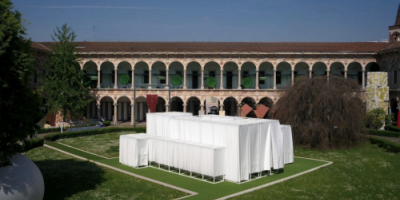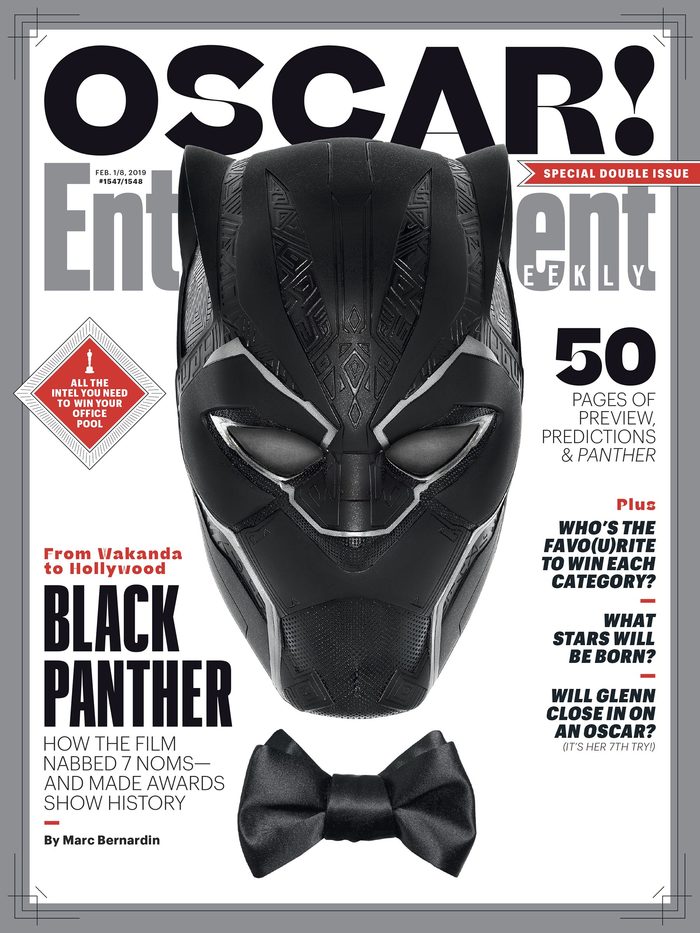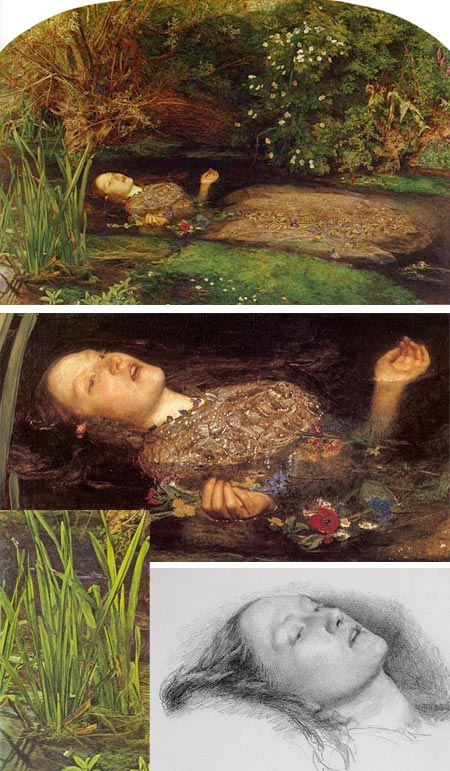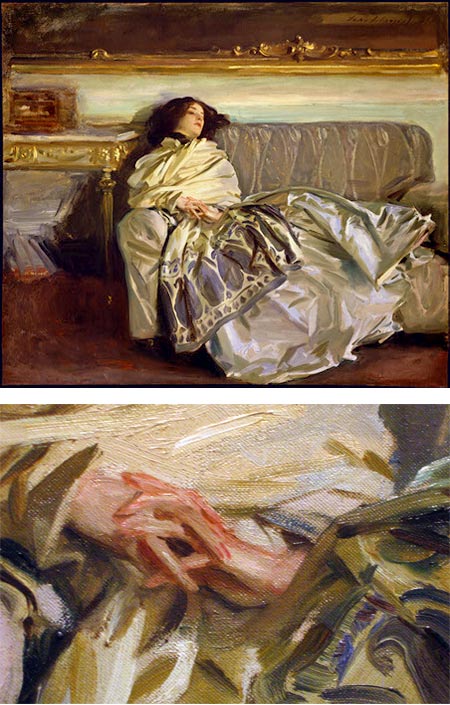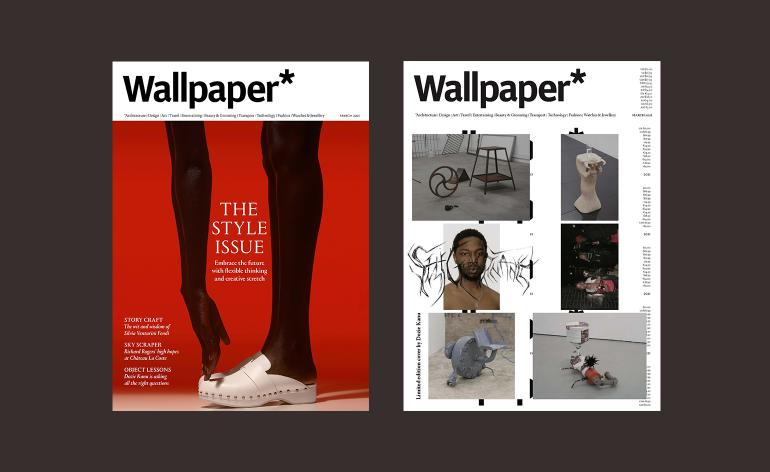在英国文化史上,这一时期有时被称为“镀金时代”,与“美女时代”或“美丽时代”相对应。在法国,和类似的运动在美国和其他地方,我们与新艺术的优雅和风格,精美的拉斐尔前派艺术家的绘画,戏剧的浪漫美丽的画家和提高工艺、设计、文学艺术在那个时代,有丑陋的根源。 艺术、设计和文学领域的第一波转变始于1860年,被称为审美运动。这是对烟雾缭绕、铿锵作响、油浸和蒸汽笼罩着丑陋的工业革命的回应。 这一运动中著名的艺术家包括弗雷德里克·莱顿、威廉·莫里斯、詹姆斯·麦克尼尔·惠斯勒、GF Watts、爱德华·伯恩-琼斯和但丁·加布里埃尔·罗塞蒂。后两人是前拉斐尔派兄弟会的核心成员。 他们的座右铭是“为艺术而艺术”,其最初的用法是指追求美的艺术本身,而不背负传达社会或宗教道德的要求。这与20世纪中期的现代主义形成了鲜明对比。后来有人滥用这个词,坚持认为艺术必须不含任何文学或故事成分。 位于伦敦的维多利亚和艾伯特博物馆正在举办一场名为“美的狂热:1860-1900年的美学运动”的展览来庆祝这一运动,展览将持续到2011年7月17日。 博物馆的网站上有这次展览的一些作品。《卫报》上有一篇文章和一些图片的幻灯片,《独立报》上有另一篇文章和一些图片。 此外,《每日电讯报》刊登了一篇文章和一段对策展人的视频采访,其中包括对展览空间的一些介绍。 V&A博物馆也有一篇文章是关于设计和举办展览,创造对美的崇拜。

That period in British cultural history that is sometimes called the “Gilded Age”, corresponding to the “Belle Époque”, or the “beautiful era” in France, and similar movements in America and elsewhere that we associate with the grace and style of Art Nouveau, the exquisite paintings of the Pre-Raphaelites, the drama of the romantic painters and the exaltation of beauty in craft, design, literature and art during that era, actually had its roots in ugliness. The first wave of this shift in art, design and literature began in the 1860’s and was dubbed the “Aesthetic Movement”. It was a response to the sooty, clanking, oil soaked and steam shrouded ugliness of the industrial revolution. Notable artists in this movement included Frederic Leighton, William Morris, James McNeill Whistler, GF Watts, Edward Byrne-Jones and Dante Gabriel Rossetti. The latter two were core members of the Pre-Raphaelite Brotherhood. Their motto was “Art for Art’s sake”, in its original usage meaning art that was in pursuit of beauty itself and not burdened with requirements to convey social or religious morals. This is in contrast to the mid 20th Century Modernists’ later abuse of the term to insist art must be devoid of any literary or storytelling component. The Victoria and Albert Museum in London is celebrating the movement with an exhibition titled The Cult of Beauty: The Aesthetic Movement 1860-1900, that is on display until 17 July, 2011. The museum’s website has a display of a few of the pieces from the show. There is an article and slideshow of additional images on The Guardian, and another review with a smaller selection of images on The Independent. In addition, the Telegraph has an article and a video interview with the curator that includes a bit of a walk-through of the exhibition space. The V&A Museum also has an article on designing and staging the exhibition, Creating the Cult Of Beauty. For more, see my related posts below, which contain links to additional images and resources. (Images above: George Frederic Watts, Albert Moore, Frederick Sandys, James McNeill Whistler, Frederic Leighton, Edward Burne-Jones) <

